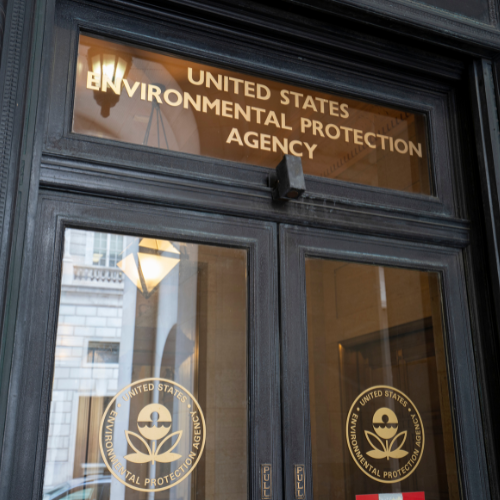
This summer, most will agree that this was a season not like any other. The only predictable tradition was the “weather” events ranging from severe thunderstorms in the Midwest to catastrophic hurricanes in the South.
Countless homes throughout the country suffered severe damage that required massive efforts to clear out debris. Many dwellings were destroyed to the point where entire structures became unsafe for anyone to occupy.
Staying Safe After the Storm
While home and business owners feel safe from the storm in the aftermath, dangers lurk whether they are cleaning up or tearing down. In many residences and commercial buildings, hidden hazards exist in the form of asbestos.
Various types of building materials contain asbestos. While many assume that it only exists in insulation, the material can also be found in joint tape, floor tiles, siding, and roofing shingles. Despite its link to various types of cancer, Its use in newly constructed buildings continues.
When asbestos is moved or disturbed, small fibers can find their way into the lungs of those in close contact that are oblivious to inhaling it. In many cases of exposure, symptoms are not apparent for several decades. Tragically, discovery only occurs on a doctor’s diagnosis of a deadly disease.
Strategies to Minimize Asbestos Exposure
For those involved in cleanup efforts, caution is critical. Proactive steps can help to minimize exposure and include:
- Communicating with landfills and transfer stations for guidance on disposal requirements
- Notifying the Department of National Resources (DNR), a required step before cleanup efforts start and to ensure adherence to federal requirements
- Focusing on construction materials that need to be removed while minimizing breakage to prevent any release of dust and fibers
- Using water to wet materials that can reduce deadly dust
- Avoid burning building products suspected of containing asbestos
Minimizing risks within strict guidelines can go a long way to avoiding exposure to deadly fibers and prevent a life-changing and potentially fatal illness.














